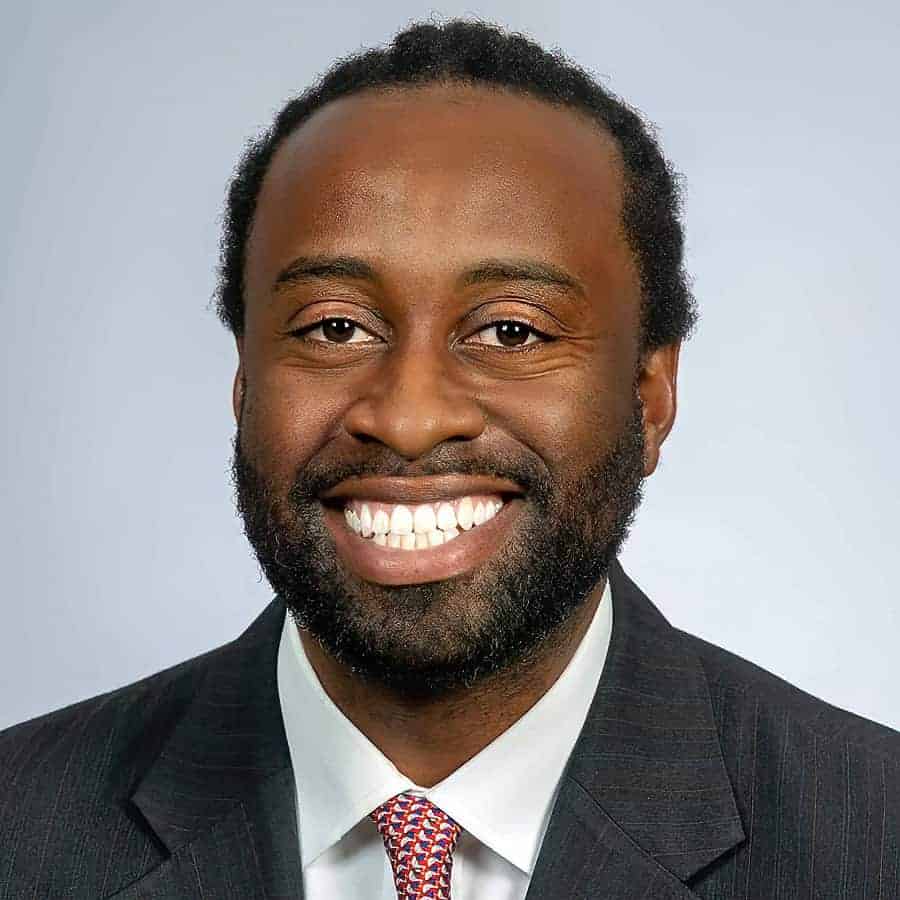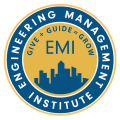In this episode, we talk with Ashly Cabas, Ph.D., M.ASCE, assistant professor at North Carolina State University, about the impact of local soil conditions on ground shaking during earthquakes, and the importance of understanding this for safer infrastructure design in earthquake engineering. Dr. Cabas also highlights the tools and technologies used in seismic hazard assessment and the role of geotechnical extreme event reconnaissance in advancing research and practice.
***The video version of this episode can be viewed here.***
Engineering Quotes:
Here Are Some of the Questions We Ask Ashly:
- How do local soil conditions impact ground shaking during earthquakes and why is understanding this vital for ensuring safer infrastructure?
- What’s the most unexpected discovery you’ve encountered in your research regarding how soils or rocks behave under repeated loading?
- What tools or technologies do you find most effective for assessing seismic hazards, and what methods do you rely on?
- How do ground motion characteristics relate to the performance of civil infrastructure during earthquakes?
- How does studying extreme events in geotechnical engineering help us learn and improve, and what are we discovering from this research?
- What collaborative efforts have you seen during disaster recovery, considering the diverse factors impacting people rebuilding their lives?
- What recent earthquake engineering advancements excite you and how do they impact your research?
- How do you integrate your research findings into the classroom, and how do you anticipate it impacting your students?
- How did you get involved with the earthquake engineering and seismology community alliance in Latin America and the Caribbean?
- What final advice would you give to engineers aiming to make an impact in earthquake engineering and beyond?
Here Are Some of the Key Points Discussed About How to Make a Difference in the Field of Earthquake Engineering:
- Local soil conditions affect how much and how long the ground shakes during earthquakes. This is crucial for building safer infrastructure because it helps engineers understand the specific risks posed by different types of soil. By knowing these risks, engineers can design structures better equipped to withstand the shaking and reduce potential damage.
- One surprising finding in seismic research is how ground motion intensity can vary depending on orientation. Understanding this relationship between orientation and ground motion properties is crucial for assessing seismic risks and improving infrastructure resilience.
- To assess seismic hazards effectively, engineers use probabilistic seismic hazard analysis (PSHA), which combines data from various sources like nearby recordings and soil conditions. Supported by tools such as the USGS national seismic hazard model, PSHA provides a probabilistic understanding of ground motion intensity and helps identify critical factors for infrastructure resilience against earthquakes.
- Ground motion characteristics directly affect how well civil infrastructure performs during earthquakes. Longer structures like bridges respond more to longer-period motion, while shorter, sturdier buildings resonate with higher frequencies. This understanding helps engineers design structures that can endure specific ground motions, ensuring better performance and resilience during seismic events.
- Studying extreme events in geotechnical engineering, like reconnaissance missions, helps us learn and improve by offering insights beyond just data collection. We see how earthquakes affect communities differently, showing that social factors matter in engineering designs. Also, collaboration among experts from different fields during reconnaissance encourages a holistic problem-solving approach, which is crucial for addressing complex challenges effectively, not just during disasters but in everyday practice too.
- During disaster recovery, collaborative efforts involve engineers, social scientists, and community stakeholders working together to address the diverse factors impacting people rebuilding their lives. This interdisciplinary approach integrates engineering expertise with considerations of exposure and social vulnerability, ensuring a holistic approach to rebuilding efforts and supporting effective community recovery.
- Recent earthquake engineering advancements focus on understanding how local geological structures contribute to seismic risks at larger scales. This broader perspective, alongside improvements in geospatial analysis and interdisciplinary collaborations, enhances engineering design and aids community recovery efforts after disasters. These advancements inform strategies for building resilient infrastructure and disaster preparedness.
- Integrating research from reconnaissance missions and interdisciplinary training enriches students’ learning with real-world examples and diverse perspectives, helping them understand topics like site effects and community resilience. By using resources like the Converge Institute’s training modules, students are exposed to emerging interdisciplinary fields and encouraged to think critically about the broader impacts of engineering work. This approach prepares students for complex challenges in their careers and empowers them to make meaningful contributions to their communities.
- Ashly joined Scala, an alliance focusing on earthquake engineering and seismology in Latin America and the Caribbean, to address seismic risks in her home region. She saw the need for better data and created Scala to connect professionals and students working on reducing these risks. Through mentorship and collaboration, Ashly contributes to initiatives aimed at making communities safer from earthquakes.
- For engineers aiming to make an impact in earthquake engineering and beyond, embrace learning from other disciplines. Explore fields like geophysics, physics, and geology alongside your main focus. Engage in interdisciplinary work and interact with professionals from diverse backgrounds to stimulate innovation. This approach enhances your understanding and empowers you to make a meaningful impact beyond earthquake engineering.
More Details in This Episode…
About the Guest: Ashly Cabas, Ph.D., M.ASCE

Ashly’s academic and professional journey reflects her deep commitment to advancing the field of civil engineering through education, research, and innovation. Her expertise not only enriches the minds of her students at North Carolina State University but also contributes to the broader academic and professional community in civil engineering. Ashly Cabas embodies the qualities of a dedicated educator and researcher, making significant strides in her field and shaping the future of civil engineering.
About the Host: Jared M. Green, P.E., BC.GE, F.ASCE

Jared is a consultant and team leader who also enjoys mentoring young engineers and first-generation college students. He has been instrumental in increasing the number of pre-college students who are interested in STEAM majors and fields. He strives to make complex engineering topics relatable and understandable to people new to the field and to people who are completely unfamiliar with engineering. Jared and his family currently reside in Flemington, New Jersey. He and his wife have three energetic, inquisitive, and awesome children. You can connect with Jared here.
Sources/References:
North Carolina State University
Universidad Central de Venezuela
USGS (U.S. Geological Survey)
PSHA (Probabilistic Seismic Hazard Analysis)
Converge NHERI Institute
Connect with Ashly Cabas, Ph.D., M.ASCE, on LinkedIn
This Episode Is Brought to You by Tensar

Please leave your comments or questions in the section below on how you can make a difference in the field of earthquake engineering.








